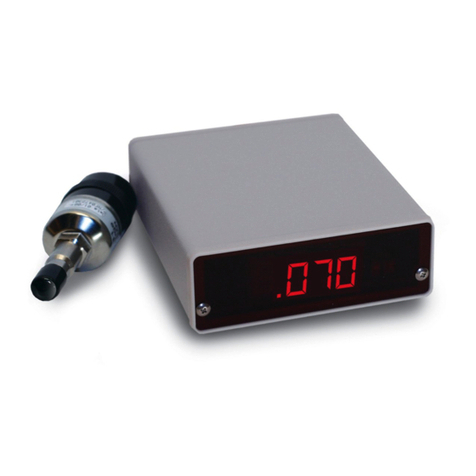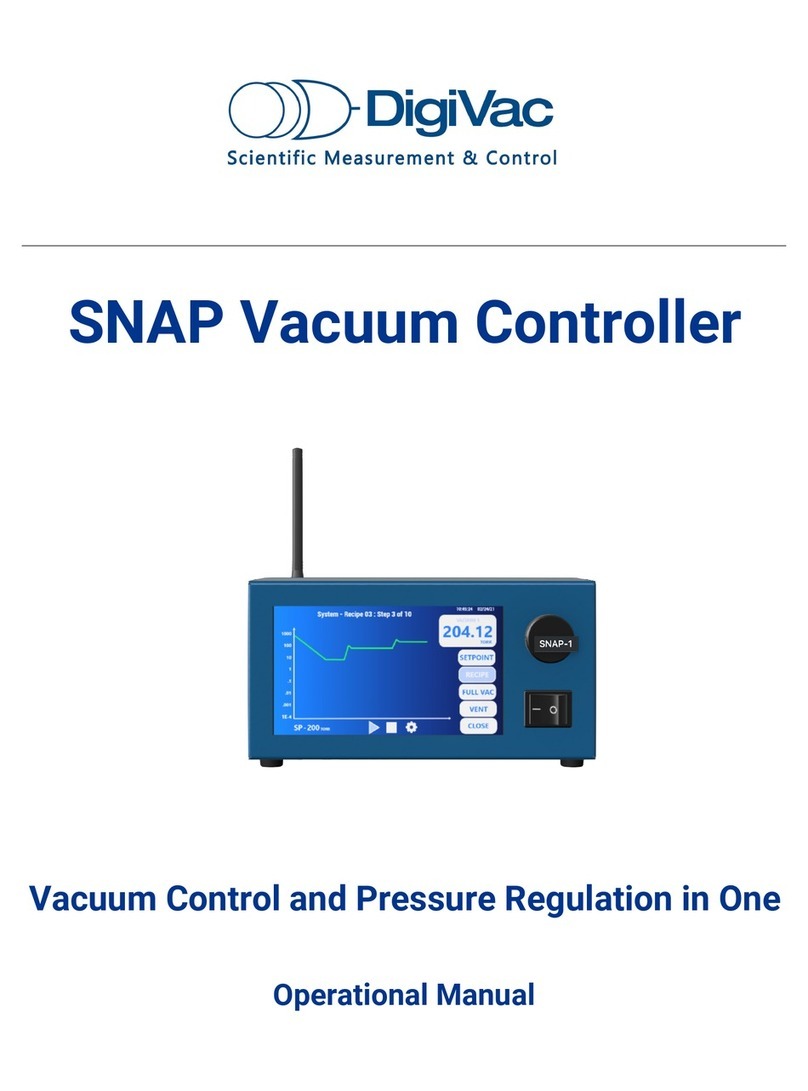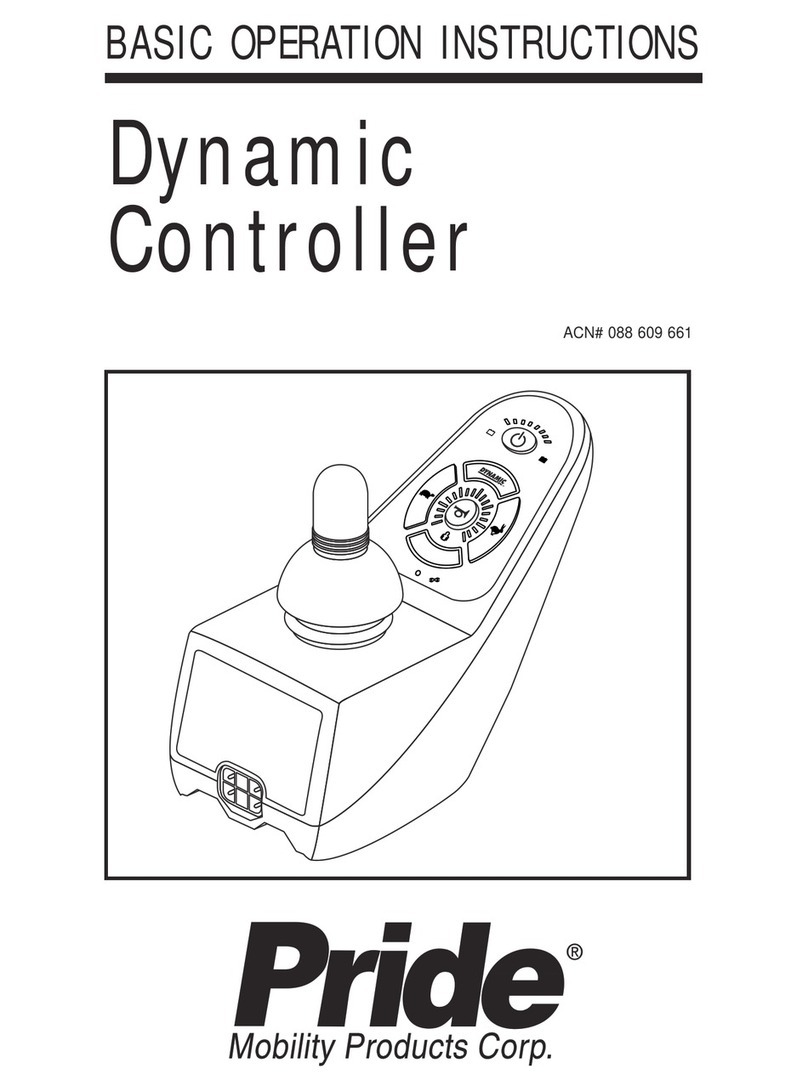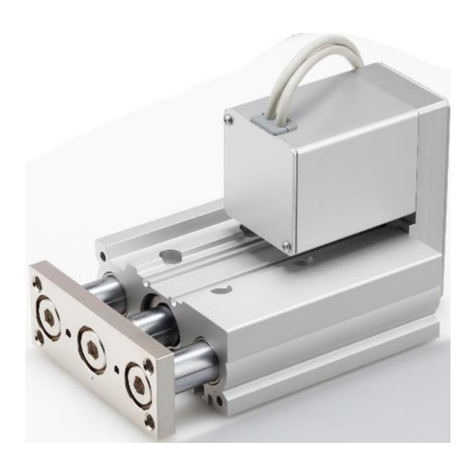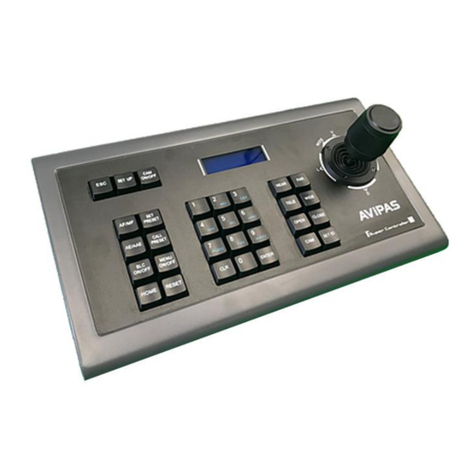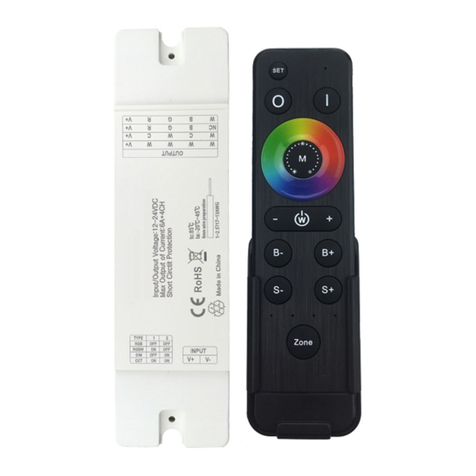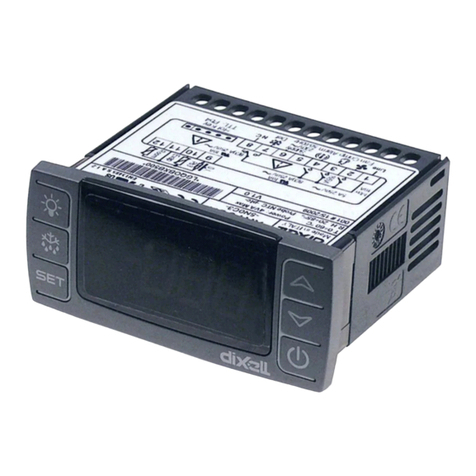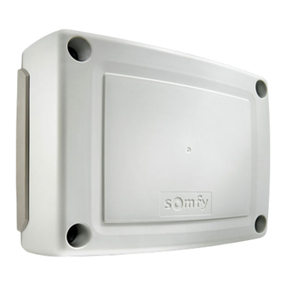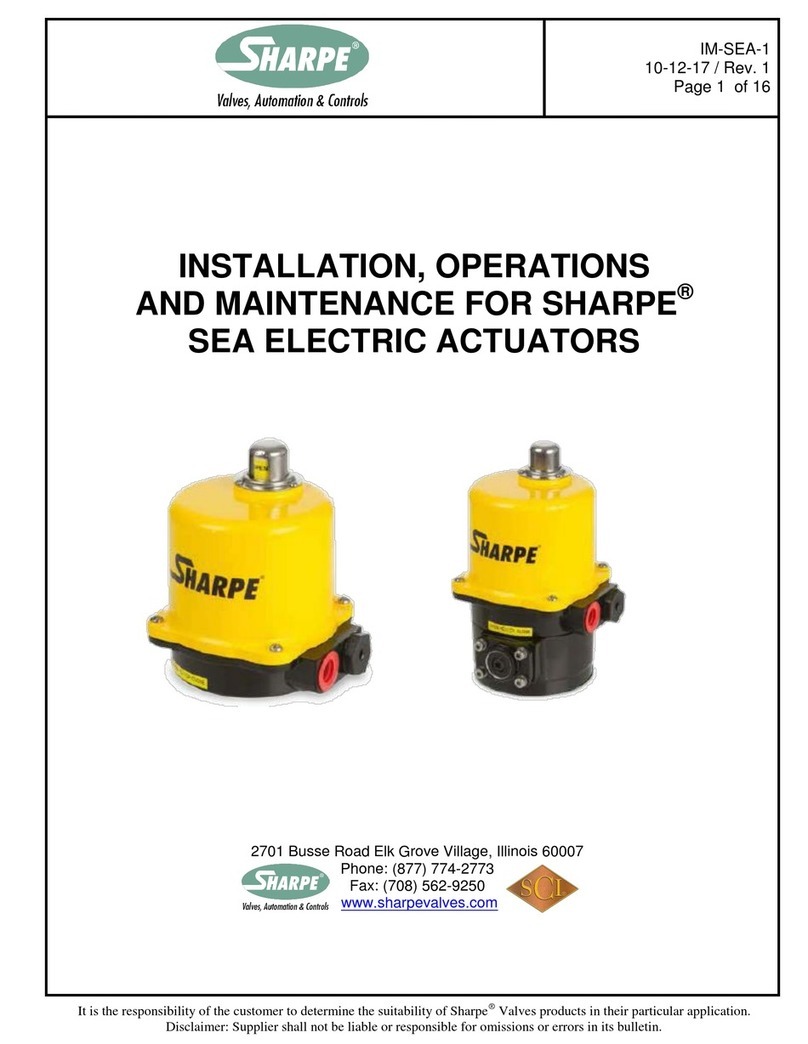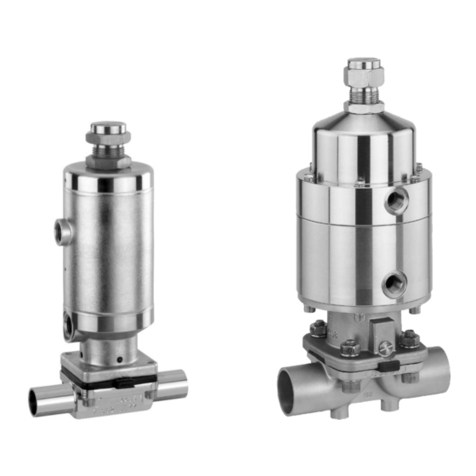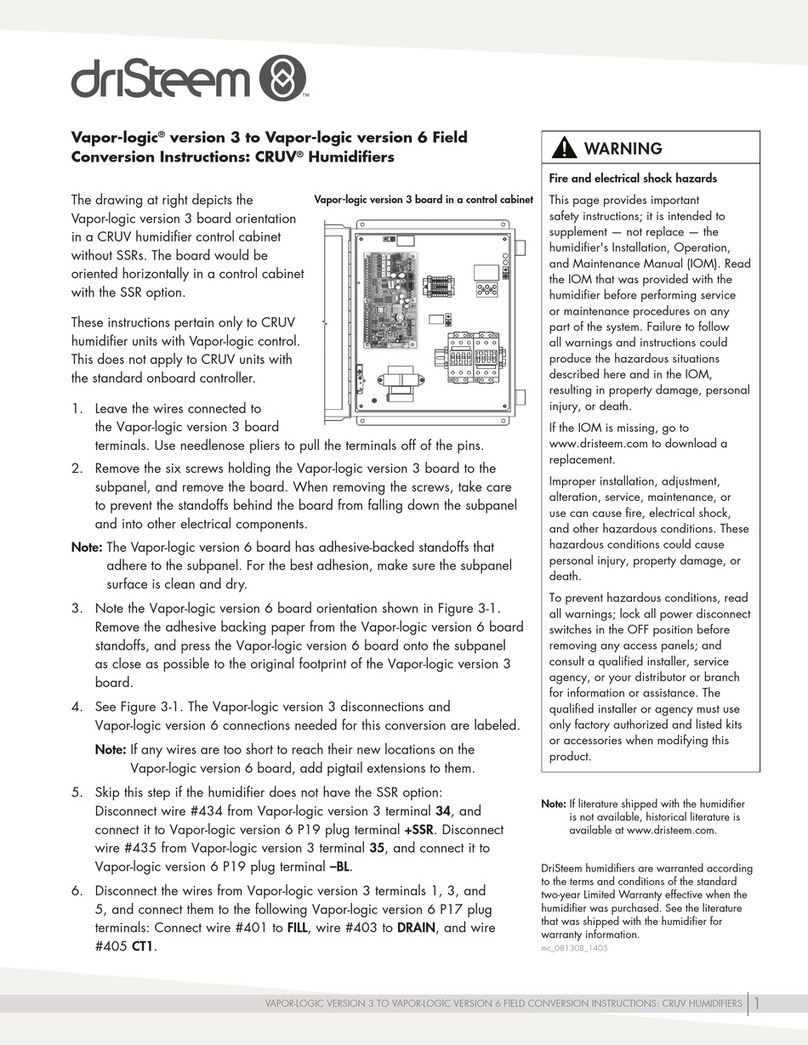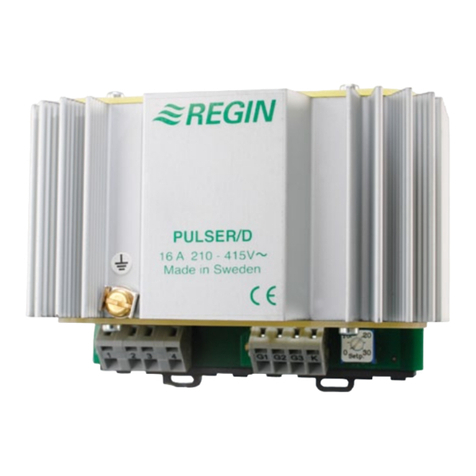DigiVac VAPOR User manual

YOU MUST READ THIS MANUAL BEFORE USE

2
Table of Contents
Calibration Procedure.....................................................................................................................................6
Sensor and Plumbing......................................................................................................................................7
Maintenance ....................................................................................................................................................7
Notes on calibration........................................................................................................................................7
I D□igiVac

3
The DigiVac Vapor Pressure Controller (VPC), is a rugged, modern vacuum measurement and
control instrument designed to make vacuum measurement and regulation easy through the
use of a simple LED readout and large tactile buttons. Electronically, it is a highly accurate
digital vacuum gauge utilizing field-proven isolated vacuum sensor technology coupled with
reliable valve and plumbing parts. This regulator was specifically designed for chemistry
distillations that can be aided by precise pressure control. The VPC facilitates separating
chemicals that have vapor pressures as close as 10 Torr to one another. It can also be used
to prevent bumping by gradually changing the pressure. The VPC can also help save your
pump, widen the choices of pumps you can use for low temperature distillation, and keep
vacuum pump oil out of your system.
●All metal case protects flow components & electronics
●Field-proven isolated vacuum sensing technology to avoid sensor failure
●775i sensor designed to be used in chemistry and industrial environments
●Calibrated at the factory against a NIST standard
●Very simple electronics
●Easy to understand
•Larger diameter valve than commonly available –makes pump downs faster
•Fine Grained Vacuum Control
•Simultaneous display of both current vacuum and set point
•Direct one touch set point setting
•Remote control via USB
•Replacement Sensor –SEN-775i-NPT-OEM
I D□igiVac

4
For the VPC distillation vacuum regulator.
Unpack and Confirm: Verify you’ve received everything you ordered
The vacuum instrument contains the following components:
1. Vacuum distillation regulator with an international power supply
2. Quick Start guide or (this) User Manual
Easy to use steps:
1. Plug in the system to wall power and make sure LEDs light up
2. Mount VPC in desired location
3. Connect a hose from the vacuum pump to the port on the VPC labeled “Vacuum
Pump”
4. Connect a hose from the system to the port on the VPC labeled “System to be
controlled”
5. Use up and down arrows to set the target vacuum
pressure
6. Read and control vacuum!
Beyond the Quick Start installation instructions, care should
be taken to insure clean leak free connections using high quality
components. Below are some best practices for installation:
•Use high quality chemically resistant hose that won’t breakdown and degrade with your
process
•Use hose clamps or another way to minimize leakage at vacuum interfaces
•Use Teflon tape on all NPT fittings. Consult our guide on best practices for NPT
connections.
I D□igiVac

5
The only required connections for operation are power, vacuum pump and system. A USB
port also exists for the purpose of connecting to the VPC remotely to enable remote control
and logging.
This VPC is equipped with a set point that defines the vacuum pressure that will be achieved.
To set the set point:
Step 1. Note the current set point indicated by the Green LED display.
Step 2. Press up or down to set the new set point. Note once the up or down button is
depressed, the unit will immediately control to the new set point. Also note that the up and
down arrows are “typomatic” such that the numbers will move faster the longer they are
pressed.
The unit can be communicated with remotely using simple ASCII commands. Below is a
summary of those commands:
•S=320 set current setpoint to 320 Torr
•S? queries current set point
•Vac? queries current vacuum level
•M? get mode setting
•M=A set mode to automatic, where current vacuum reading and set point are sent
over the wire at a rate of once per second
•M=M sets mode to manual, where the unit will wait for a query
•U? gets the current units
•U=0 sets the units to Torr
•U=1 sets the units to mbar
•U=2 sets the units to kPa
I D□igiVac

6
The VPC family of products can be calibrated in the field provided that an accurate vacuum
instrument standard exists. Typically, that instrument standard should be 4x as accurate, or
at the very least much more accurate than the VPC. The standard should resolve to better
than +/- 0.25 Torr.
Calibration Procedure
1. Plug in A/C adapter, connect cable to vacuum sensor. Maintain system at 2 Torr +/-
0.25 Torr. Turn “Vac” pot so the vacuum on the VPC reads 2 Torr
2. Raise pressure to 760 Torr. Adjust “SPAN” so VPC indicates 760 Torr
Here are a few trouble shooting steps:
Observation
Possible Causes
System does not light up
Verify the system is plugged in, and all the cords
are tight
System takes too long between set points
•Take VPC out of the configuration
•Time how long it takes for system without
VPC to get from the first vacuum level to
the second vacuum level
•Re-install the VPC and run same test
•Rerun the same test with a tuned orifice of
0.150”
•If the last 2 test are close, that means the
VPC is performing as it should. If the last 2
tests are different, it means the VPC is not
performing optimally. Please consult your
vendor for technical assistance.
My readings are erratic
Check reading with another gauge to see if the
readings are indeed erratic. If the other gauge
does not show erratic readings, consult your
vendor.
When I turn on my unit and turn on my vacuum
pump, the vacuum reading doesn’t go down.
Verify the switch on the right is in the “regulate”
setting, and the vacuum pump is running.
My VPC is really noisy
The VPC valve is a bit noisy, but more of a finger
tapping loudness. If you hear a loud metallic
sound, then something is wrong. Consult your
vendor.
I D□igiVac

7
Sensor and Plumbing
In many cases, a sensor may become fouled with oil or other foreign matter. It is often
possible to restore the functionality of contaminated probes with cleaning. If the contaminant
is known, the VPC plumbing should be filled with a fluid that is known to be a solvent to that
contaminant. As an example, ether is often effective in removing residues of some oils.
Commercial carburetor cleaners are very powerful solvents and are highly effective against
some contaminants.
After cleaning with solvents, the plumbing should be completely dried or flushed with a volatile
solvent to assure that it is dry prior to reinstalling it.
If this is not done, contamination of the
system may result.
Maintenance
Your vacuum instrument should give you many years of trouble-free service. There are no
regularly scheduled maintenance intervals. If consistent accuracy is required, it is
recommended that the VPC and power supply be returned for a yearly calibration check.
Notes on calibration
There is inherent drift in all sensors including the DigiVac 775i piezo resistive sensor. Drift is
specified in the datasheet, but the specification is typically a worst case scenario as drift is not
easily predicted and depends on operating environment. Depending on your accuracy
requirements, it makes sense to set up a calibration interval to obtain as found data, and get a
fresh calibration. Having this information will allow you to determine the optimal calibration
interval. The accepted interval is 1 year, but depends on what accuracy you require and what
you’ve defined in your standard operating procedures.
Note the sensors have excellent accuracy by themselves. Additional accuracy is gained by
calibrating the sensor controller (the thing with the display and cable coming out of it) to the
sensor. The sensor itself is cannot be calibrated, but the sensor-controller pair is. See our
blog on sensor interchangeability effects on accuracy for the Bullseye Precision Gauge Piezo
for more information.
Note that the 775i sensors accuracy applies to any type of measurable gases. Readings will
be correct regardless of the type of gas you are trying to measure.
I D□igiVac

8
Instrument Repeatable Accuracy
Range
Accuracy
Accuracy:
+/- 2 Torr
Control band
+/- 2 Torr
Vacuum Reference:
Absolute
Sensor:
SEN-775i-NPT-OEM
Resolution:
+/- 0.1 Torr
Units:
Torr, mbar
Accuracy:
+/- 2 Torr
Range
1-775 Torr
Control band
+/- 2 Torr
Mount
Desktop or laboratory pole mount
Display
0.56 inch Purple LED for Pressure, 0.36 inch Green LED
for SP
Product Dimensions
5"w x 6.25"d x 4"h
Power
110 Volt standard wall receptacle
Compliance
CE compliant
Wetted Materials
316 SS, 304 SS, Nickel, chemically resistant rubber
Effective Orifice
0.150 in
Connectivity
USB
Vacuum Interface
1/8" FNPT (if you remove the nipple), 1/8"MNPT, 1/4"
ID hose with a barb, 3/8”ID hose fits over the nipple
LED Heights
.56”
.35”
I D□igiVac

9
This instrument and many similar instruments are calibrated in microns or "milliTorr." It is
appropriate to discuss what microns are and to relate microns to other measures of
pressure and vacuum. Microns are not really a measure of vacuum at all, but rather of
absolute pressure.
The pressure of the atmosphere is 14.696 or approximately 14.7 pounds per square inch at
sea level. One TORR is an absolute pressure of one millimeter of mercury. A milliTorr is equal
to one thousandth of a TORR. A MICRON is the same as a milliTorr.
This pressure is due to the weight of all of the air in the earth's atmosphere above any
particular square inch. This 14.696 PSI is equivalent to the pressure produced by a mercury
column of approximately 29.92 inches high or .76 meters (~ 3/4 of a yard) or 760
millimeters of mercury.
Atmospheric pressure varies greatly with altitude. It decreases approximately 1 inch of
mercury per thousand feet of altitude. It also varies widely with local weather conditions.
(Variations of one half inch in a single day are common.) The word “vacuum”means pressure
lower than atmosphere or "suction." However, in describing negative pressure, the
atmosphere is only a satisfactory reference if we are dealing with values of vacuum down to
about 27 inches of mercury. Below that, it is much more useful to talk in terms of absolute
pressure, starting from absolute zero. The Vacuum Gauge does just this.
I D□igiVac

10
THE DIGIVAC COMPANY (“DIGIVAC”) offers all of its products with the following terms and conditions and notices as
follows. By accepting and/or using a DIGIVAC product, you hereby acknowledge and agree to the following terms and conditions,
and acceptance ofthese terms and conditions area condition precedent to any purchase/sale agreement between you and DIGIVAC.
Exclusive Obligation: The DIGIVAC product you are purchasing has been designed for a specific use within a set of suitable
operating conditions, as set forth in its User Manual, or as indicated otherwise by DIGIVAC. Any use of the DIGIVAC Product
for any purpose or under any conditions, other than those specified, shall render any limited warranty void, and shall expressly
invalidate any liability of DIGIVAC for damages as a result of such misuse. User limitation: You maynot modify, copy, distribute,
transmit, display, perform, reproduce, publish, license, create derivative works from, transfer, or sell, any information, software,
products or services obtained from or created by DIGIVAC to any third party, without the express written consent of DIGIVAC to
do otherwise. Any violation of this provision shall give rise to an indemnification of DIGIVAC by you, for any third party claims
arising out of such violation. THIRTY (30) DAY LIMITED Warranty: All DIGIVAC products are warranted against any
manufactured defect for a period of thirty (30) days from date of purchase, unless such product is a custom-work for you and not a
standard DIGIVAC product. Any product qualifying as a custom-work shall not be warranted against any defects for any purpose,
and your acceptance of such custom-work shall relieve DIGIVAC of any liability for any purpose. WITH THE EXCEPTION OF
THE LIMITED WARRRANTY ABOVE, YOU AGREE ANY DIGIVAC PRODUCT IS PROVIDED AS IS, EXCLUSIVE OF
ANY WARRANTY, INCLUDING, WITHOUT LIMITATION, ANY IMPLIED WARRANTY OF MERCHANTABILITY,
FITNESS FOR A PARTICULAR PURPOSE, NON-INFRINGEMENT, OR ANY OTHER WARRANTY, EXPRESSED OR
IMPLIED. Limitation Of Liability: You agree and acknowledge, DIGIVAC shall have no liability to you whatsoever for any
direct, indirect, punitive, incidental, special consequential damages arising out of or connected with the use or misuse of its
products. In particular, given the nature of DIGIVAC products, you agree and acknowledge, under no circumstances whatsoever
shall DIGIVAC be liable to you for any consequential damages for damage to any non-DIGIVAC product or service, arising from
the failure, use or misuse of a DIGIVAC product, including, but not limited to, any vacuum system, engine, vehicle, factory, or the
like. In the event, a court of lawwith proper jurisdiction finds DIGIVAC liable to you for any purpose, you agree and acknowledge
DIGIVAC’s maximum liability shall not exceed the purchase price of one unit of product giving rise to such liability, or $250.00,
whichever is greater. Entire Obligation: These terms and conditions express the entire obligation of DIGIVAC with respect to its
products. If any part of these terms and conditions are deemed void, invalid, unenforceable or illegal, including, but not limited to,
the warranty disclaimers, liability disclaimers and liability limitations set forth above, then the unenforceable clause or sentence
may be disregarded with the remainder of these terms and conditions valid and enforced. In the event the unenforceable clause or
sentence leaves a void in these terms and conditions, a provision closely matching the intent of the unenforceable provision should
be deemed inherent within these terms and conditions, slightly modified to render such provision valid and enforceable. General:
These terms and conditions are governed by the laws of the State of New Jersey, USA. You hereby consent to the exclusive
jurisdiction and venue of the Courts of New Jersey, in all disputes arising out of or relating to the use of this product. Use of this
product is unauthorized in any jurisdiction that does not give effect to all provisions of these terms and conditions. Modification
of Terms and Conditions: DIGIVAC reserves the right to change the terms, conditions, and notices under which their products
are offered.
I D□igiVac
Table of contents
Other DigiVac Controllers manuals
Popular Controllers manuals by other brands
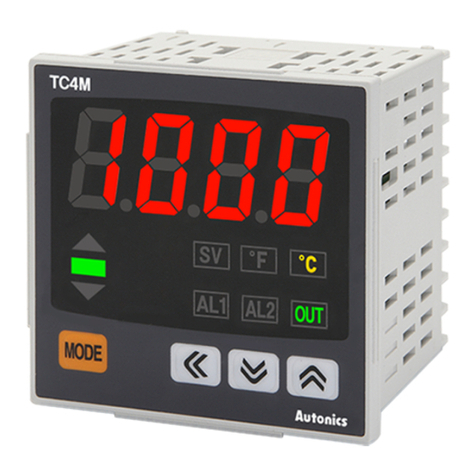
Autonics
Autonics TC4S instruction manual

InSinkErator
InSinkErator CONTROL CENTER CC-202D installation manual
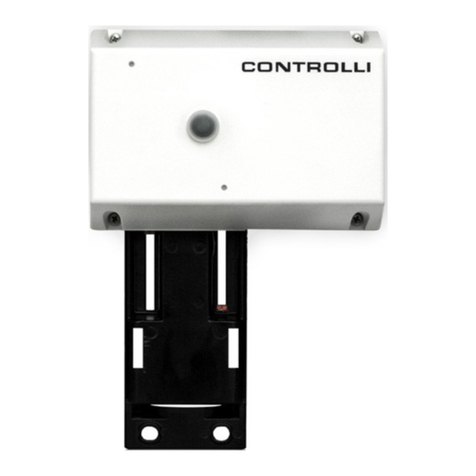
Controlli
Controlli MVH.FC Mounting instructions
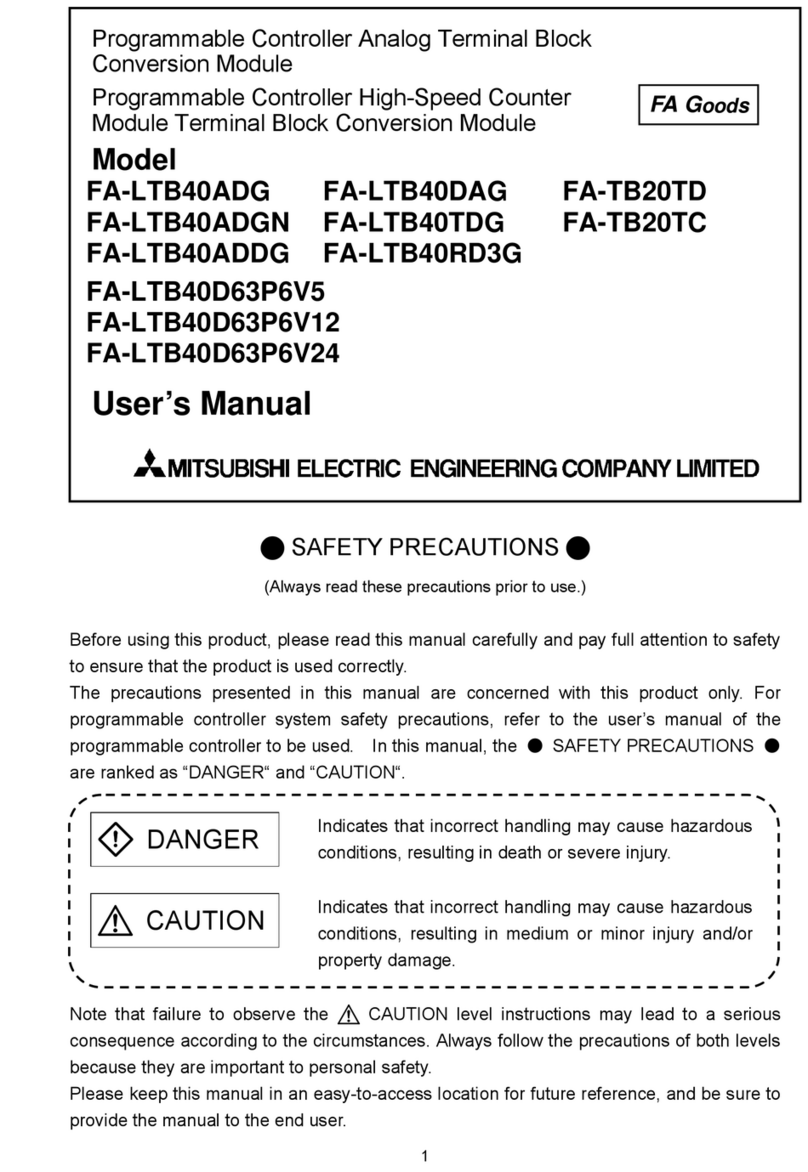
Mitsubishi Electric
Mitsubishi Electric FA-LTB40ADG user manual
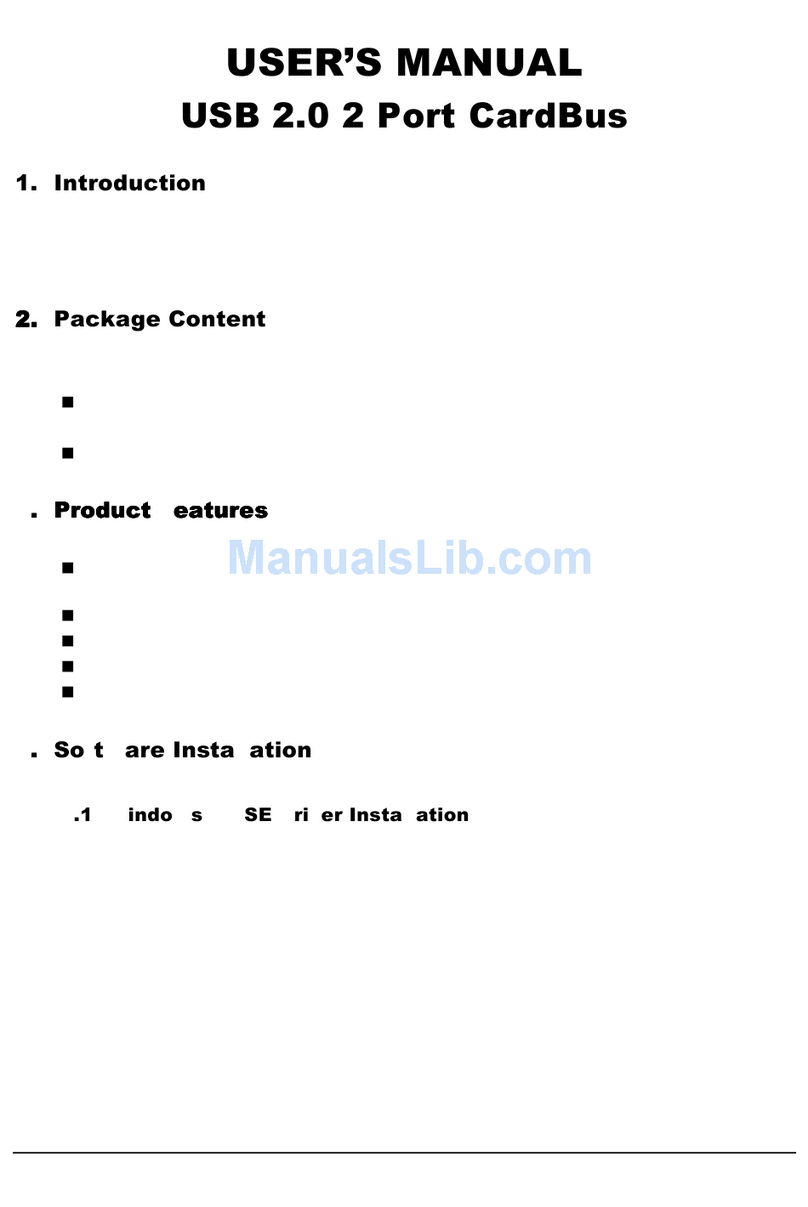
Bafo
Bafo BF-471 user manual
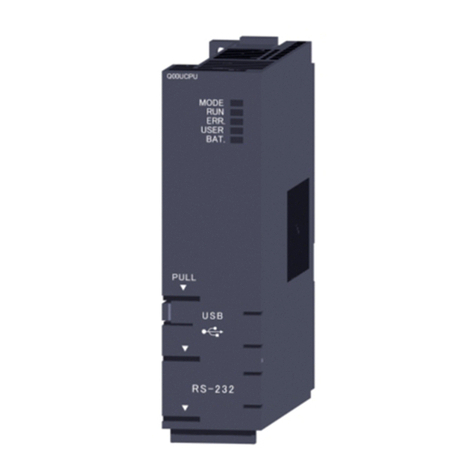
Mitsubishi Electric
Mitsubishi Electric MELSEC Q Series user manual
